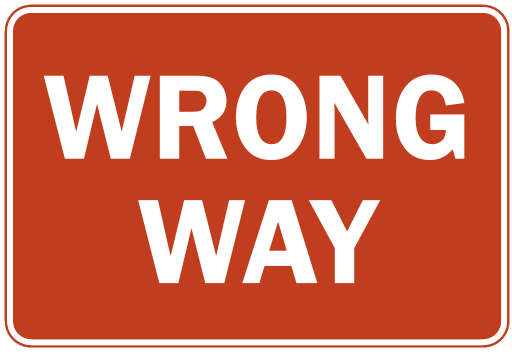In a series of posts, we are going to talk about method validation.
- Part 1: Introduction-Is it valid, invalid or non-validated?
- Part 2: What is method validation?
- Part 3: Can we use someone else’s validated method?
- Part 4: What triggers verification, re-validation or out right new validation of a method?
- Part 5: What are the essential terms in method validation?
- Part 6: What is quality assurance and quality control?
Results of testing come into three basic flavors: Validated results, Non-validated results, and Invalid results.
These terms are very important as they will drive our understanding of our entire discussion of method validation. These terms are so important that we have dedicated this introduction post to the ideas behind these terms.
Valid: Documented proof that the analyst followed a process undertaken that has been proven by testing and supported by data to be suitable for its intended use and achieves the intended reported result correctly and uniquely. To say something is valid is the highest compliment and highest form of approval possible in analytical chemistry as we can never achieve a true result. In other words, if one follows the “correct” process, one is presumed to be “correct.”

Non-validated: If the analyst deviates from a valid method in any way, then we have a non-validated result. It could be right, it could be wrong.

Invalid: Proven to be not valid. It is just wrong. Actually following the particular instructions that are invalid WILL likely lead to a wrong result.

So in just a few words: valid means “presumptively correct;” non-validated means “maybe right, maybe wrong;” invalid means “proven wrong.”
How can we tell what type of result we have when we look at our testing?

To know if the analysis by the analyst is valid, non-validated, or invalid, one has to get the particular instructions (some may incorrectly call it the Standard Operating Procedures) of the testing method, but that is not enough. The most important underlying issue that is often ignored by lawyers is the fundamental question:
Was the method ever validated to begin with?
So what if you follow instructions perfectly if the method is invalid? You will likely be wrong. We need to look deeper. We need to see if the method has ever been proven to be valid. These series of posts will help the lawyer examine this concept.


